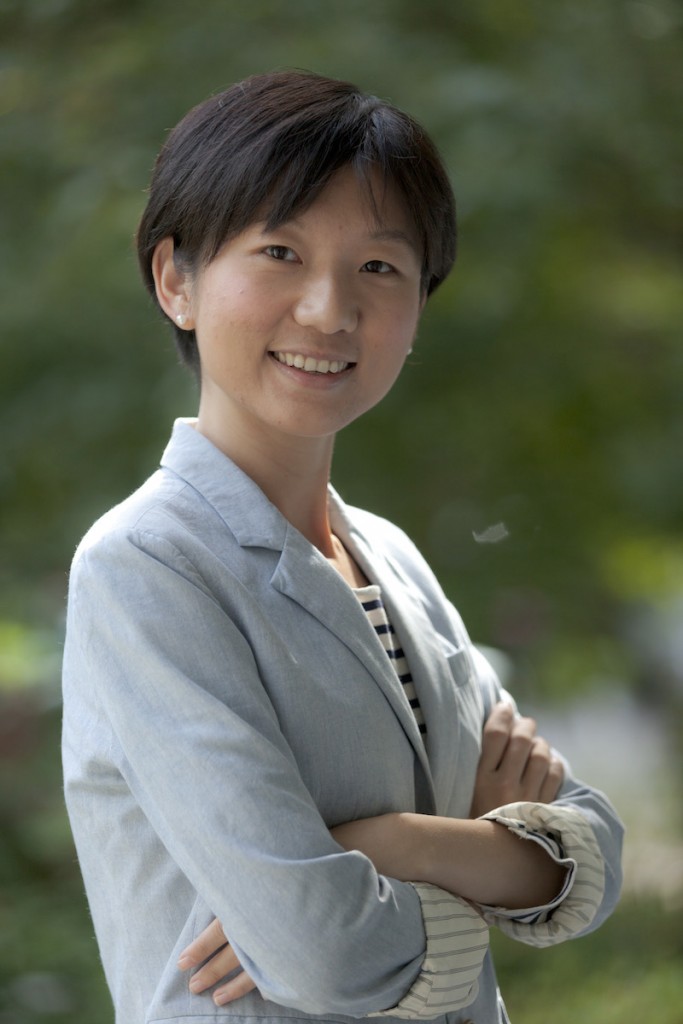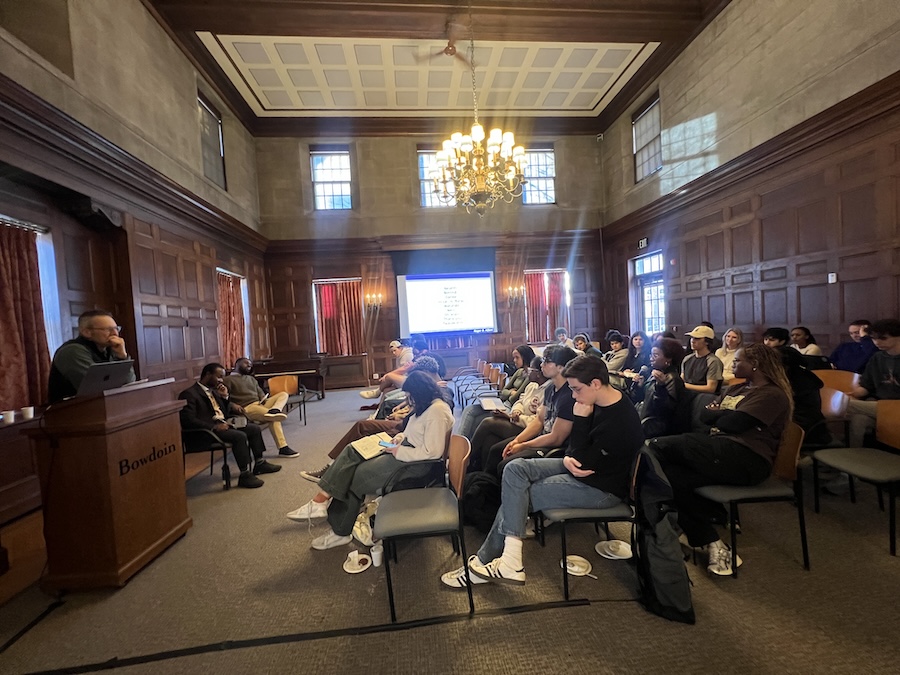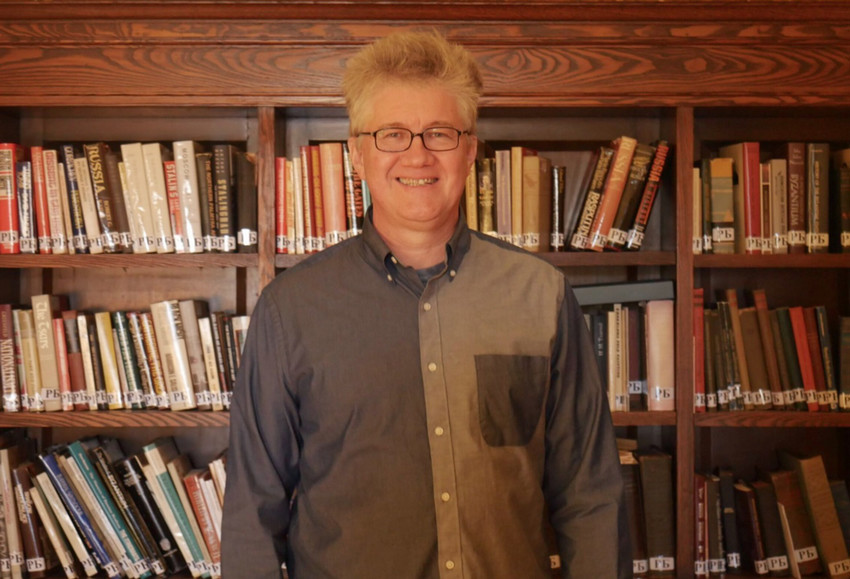It’s OK To Cry: Male Tears in Twelfth-Century China
By Tom Porter
Although “modern man” may be more inclined than his predecessor to shed tears in public, crying is something that has traditionally been associated with females in western culture. That was not the case in medieval China however, as Assistant Professor of History and Asian Studies Leah Zuo informed her faculty colleagues in a recent seminar.
Her lecture “It’s Okay to Cry: Male Tears in Twelfth-Century China” covers an area Zuo has been researching as part of a wider project.
Why did you choose the subject of male tears?
I was invited by a friend who studies medical history to write a chapter for a multidisciplinary project about bodily fluids. The idea is that each chapter covers a different fluid, and, being a cultural historian, I’m very interested in what people are thinking and feeling, and how they behave. Then I realized nobody has ever written about tears in Chinese history, which is striking because there is a lot in western literature and history about this subject.
As I went through the sources, I noticed there were more examples about men crying than women. Initially I didn’t intend to limit the topic to male tears, but there were just so many more stories about men crying than women, that I felt I ought to.
Why were so many men crying in twelfth-century China?
I look at the Song dynasty, which occupies the southern half—maybe a bit less—of modern day China. A colleague joked to me that the Song dynasty was a period when people had more reason to cry.
At this time, the Song dynasty shared China with other regimes, and military threats from other states were a constant worry, something the commoners were very aware of. Economically and culturally, things were going well, but militarily and politically there was constant anxiety.
Many recorded examples of crying were related to military defeats. For example, everybody cried when the regime was defeated by the rival Jurchen dynasty, and a sizeable amount of territory was lost. The emperor wept, the generals who escorted him wept, everyone on the streets—the commoners—cried too. They were all men, and were all crying for political reasons rather than personal emotion.

Did crying help in the examples you give?
Yes, and especially in the south, where the generals organized a campaign of crying. This often proved to be a bonding experience that helped rally the citizens to fight back and defend their home territory.
Crying also helped cope with suffering and loss. The monarch himself, moreover, was expected to cry if his people were suffering. It was like a contractual obligation, helping to bond him to his subjects. None of this crying appears to have been feigned. The sources I have studied suggest these were genuine tears.
What can we learn from this?
I want to turn this research into a wider cultural study of crying and tears. One specific factor I want to address is the importance of emotions in politics and the kind of motivational support that emotions lend political ideologies.
In modern-day China, it is still more socially acceptable for men to cry than it is in the US and other countries. When president Barack Obama teared up during a press conference about gun control, for example, it generated a lot of comment, some good, some bad. In China, that would not be considered anything out of the ordinary. Men are supposed to cry on some occasions.



